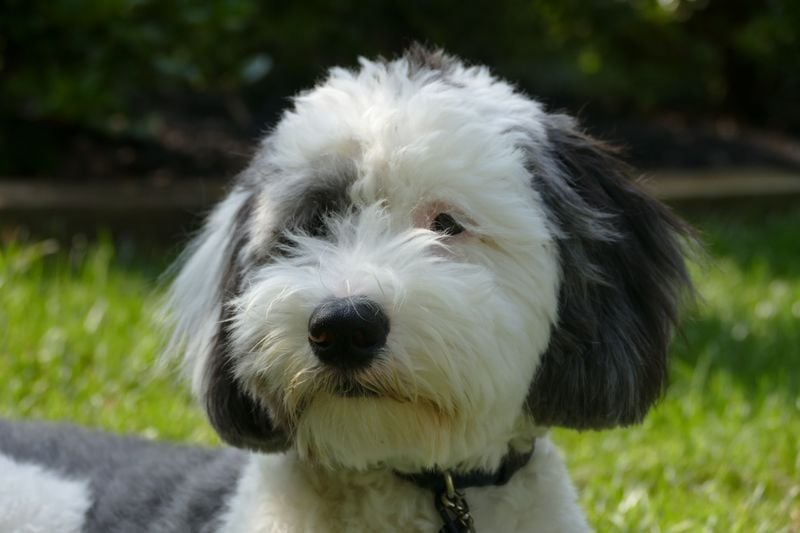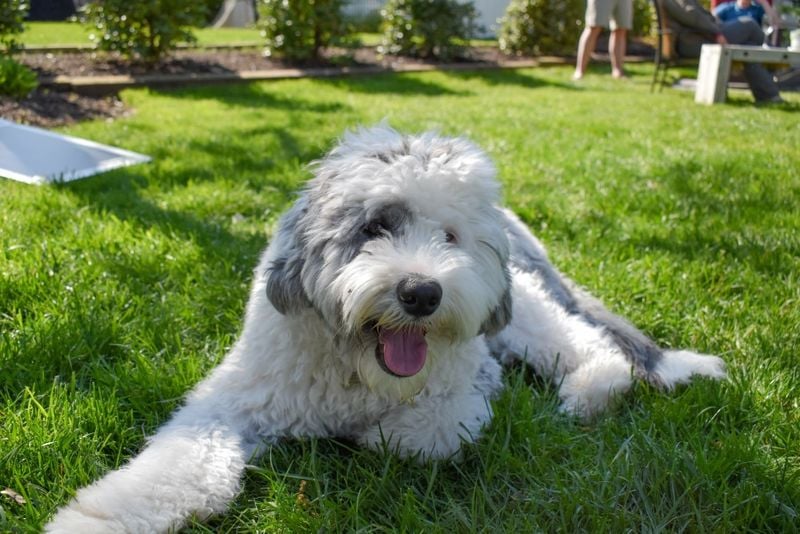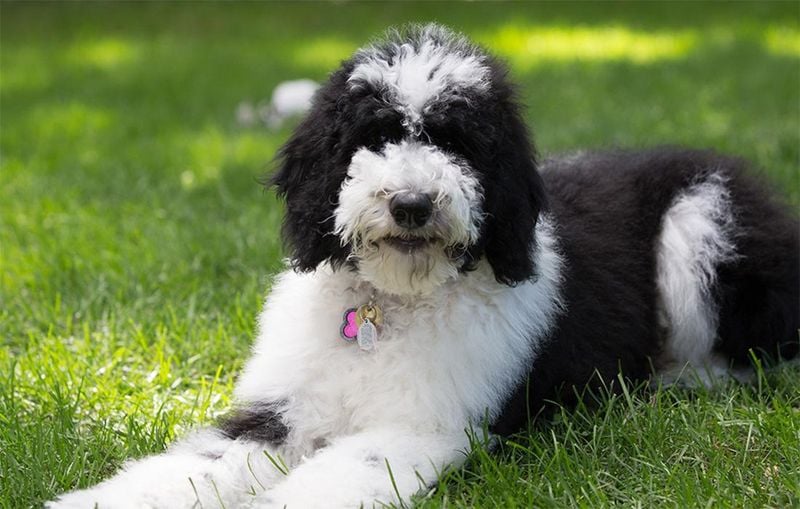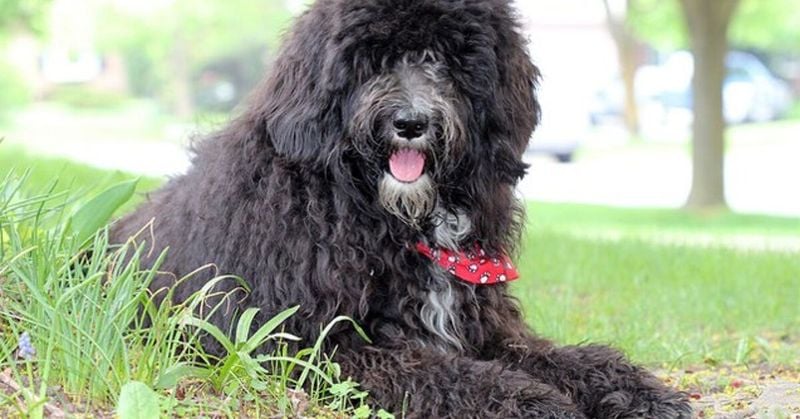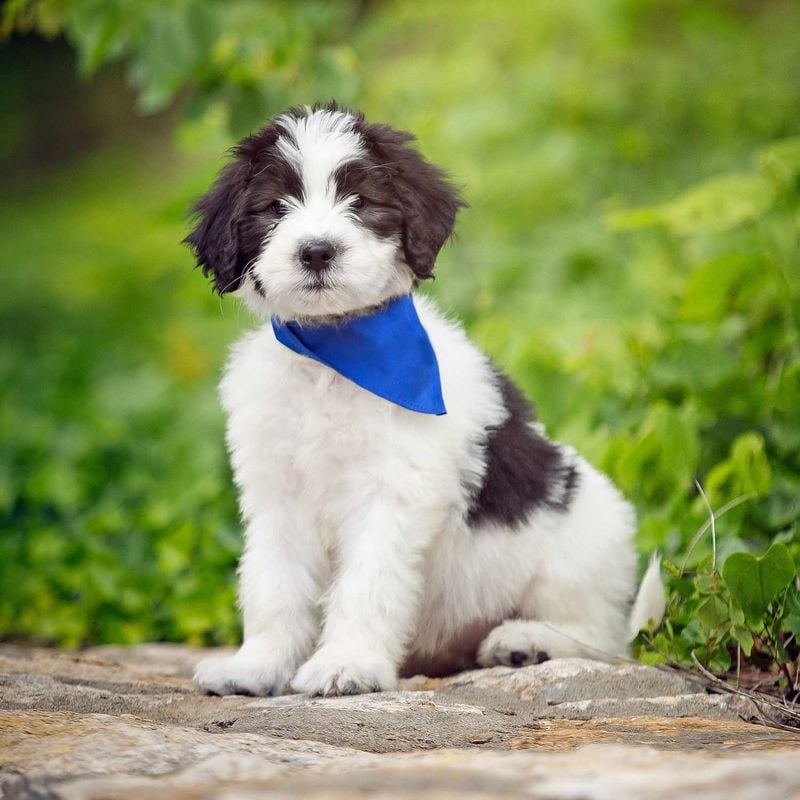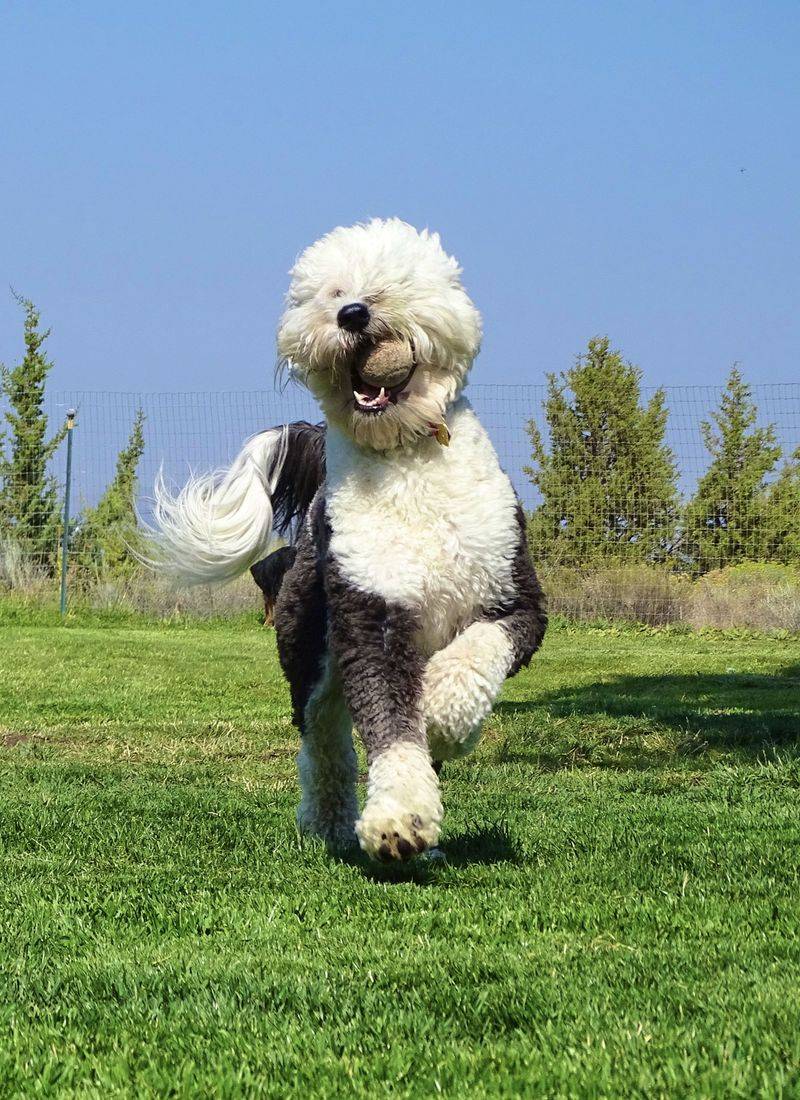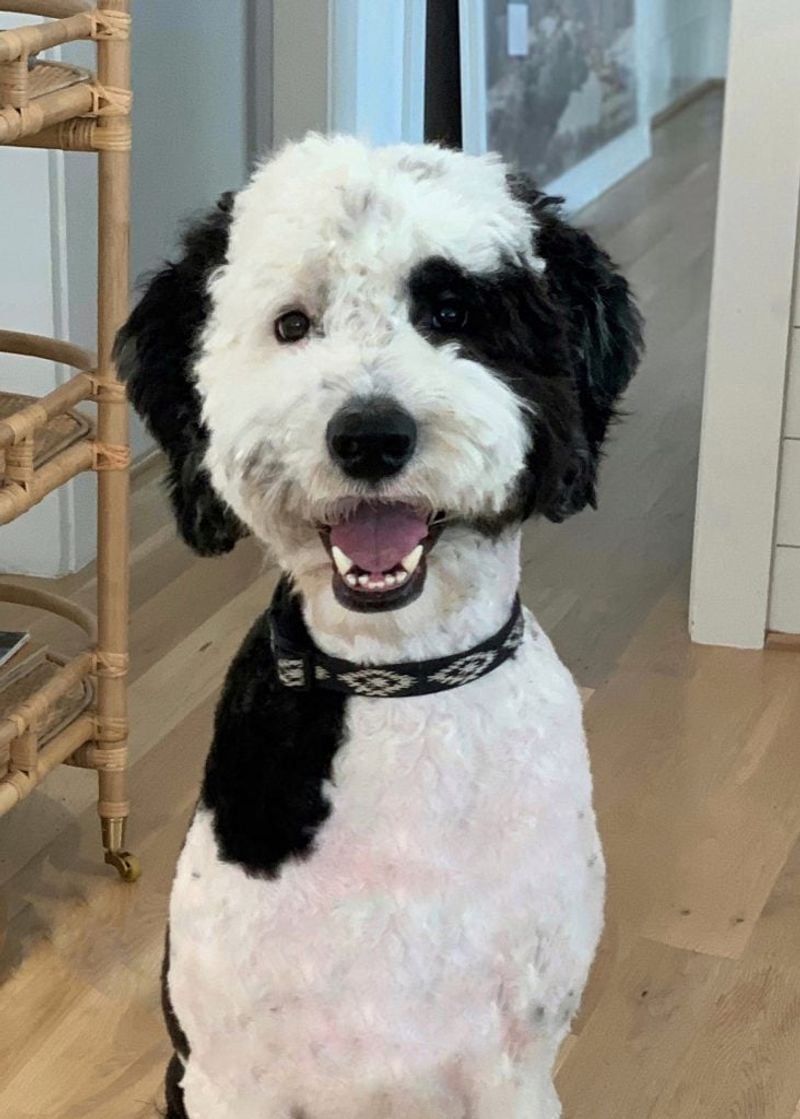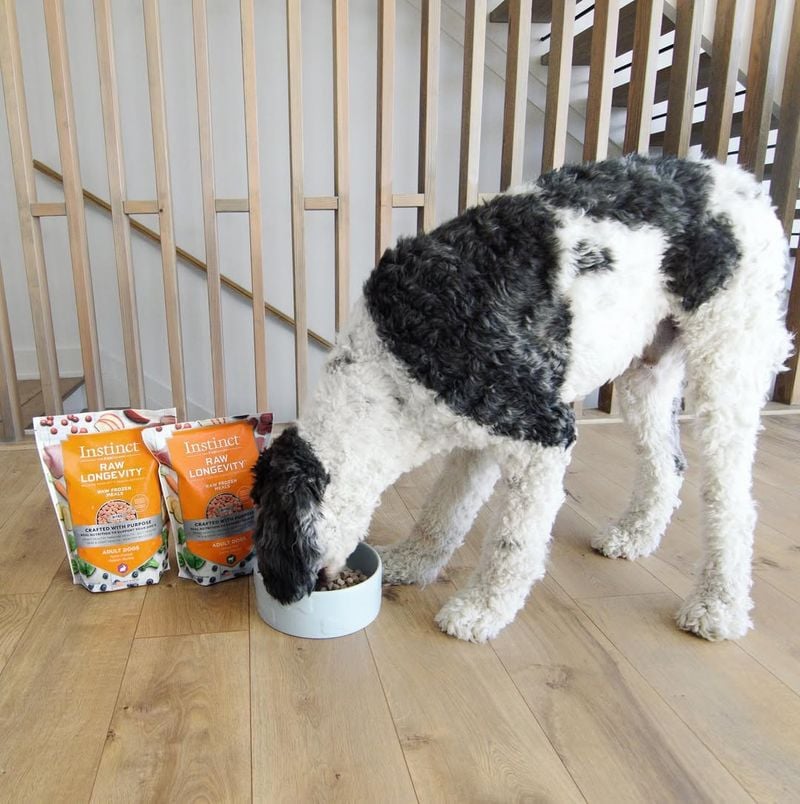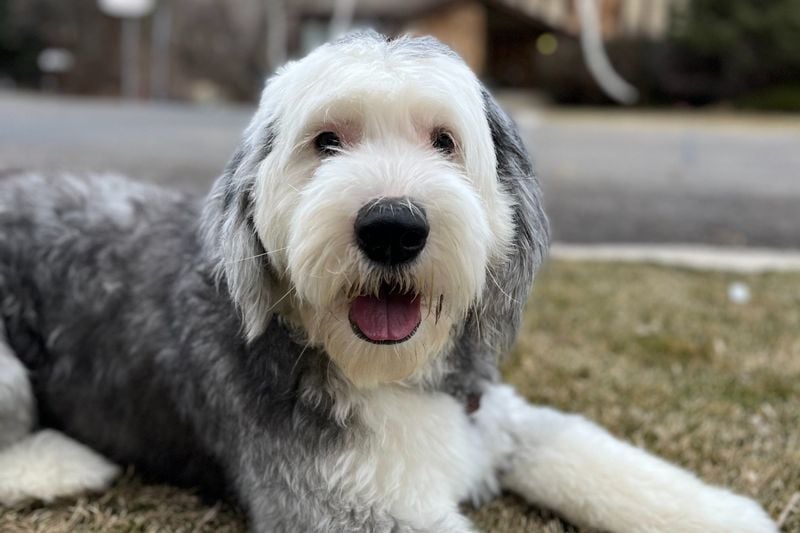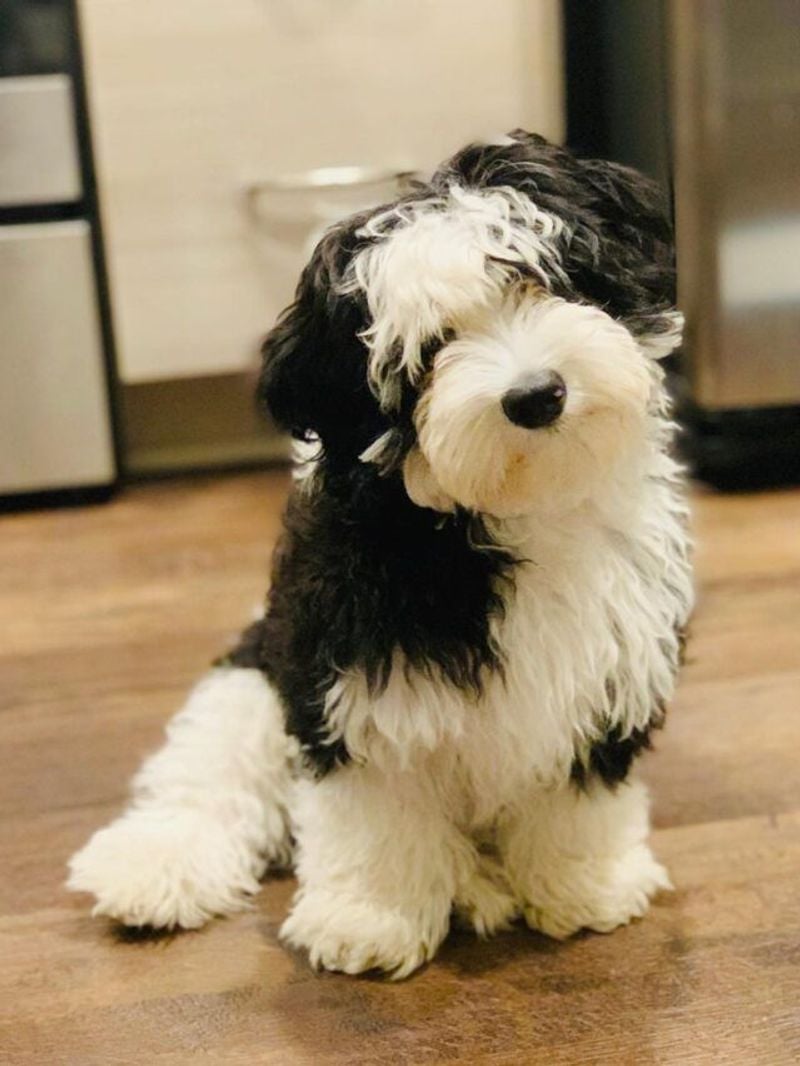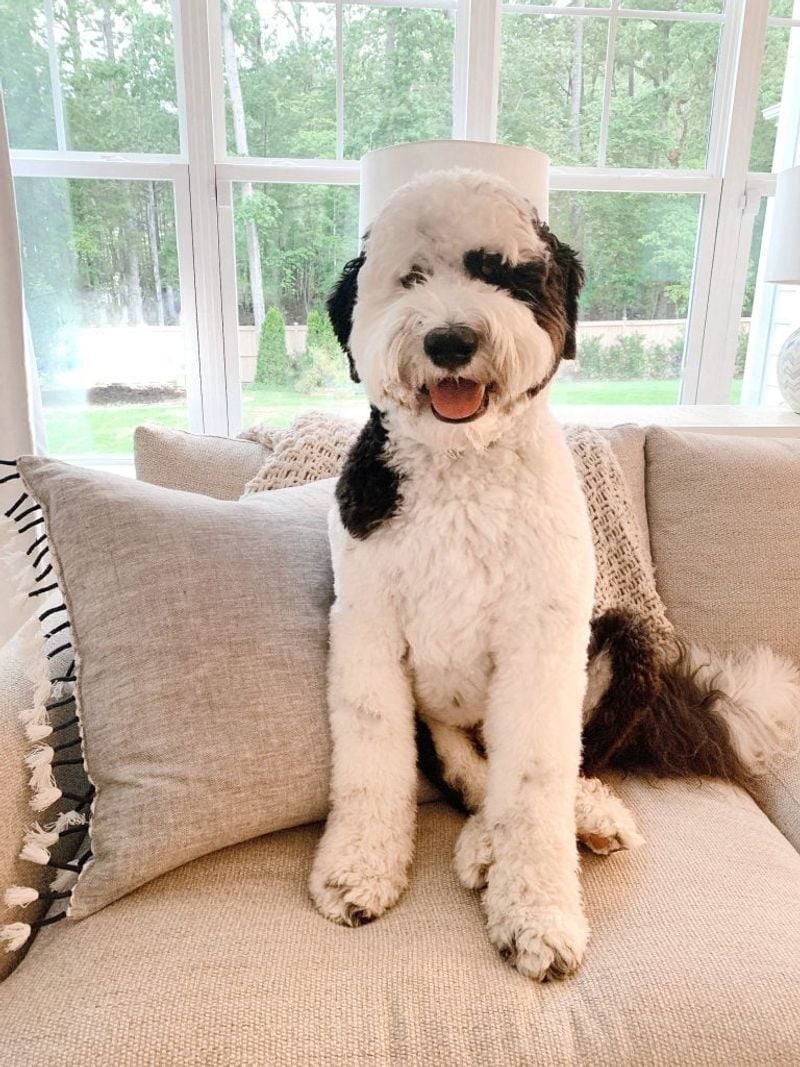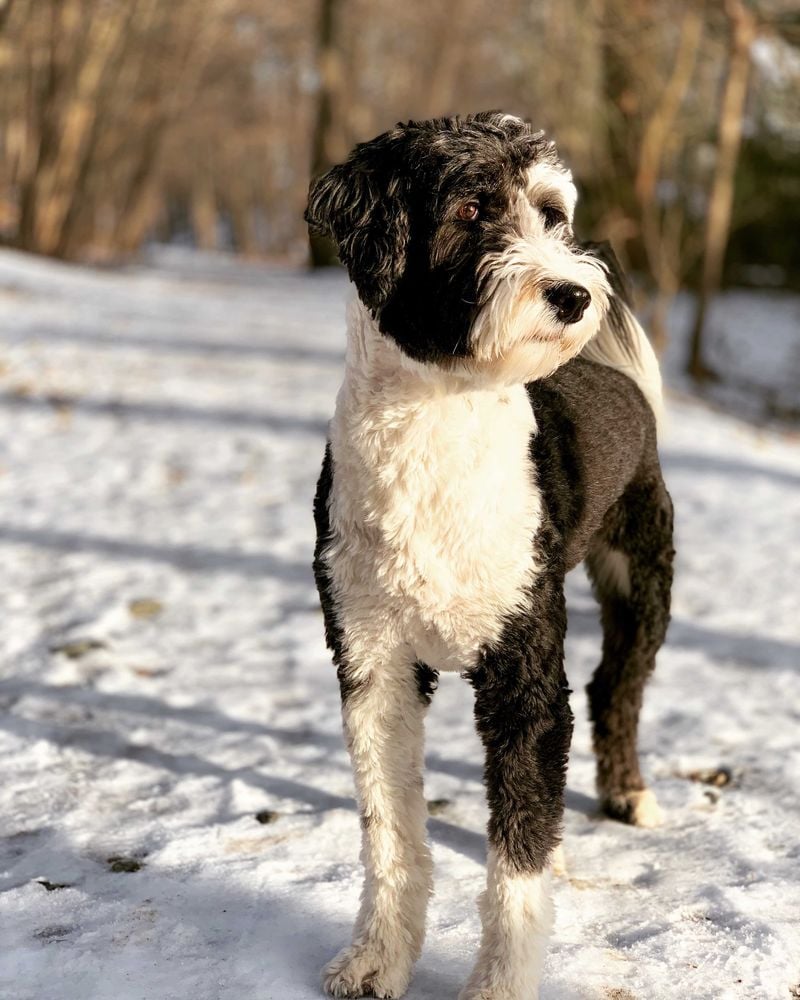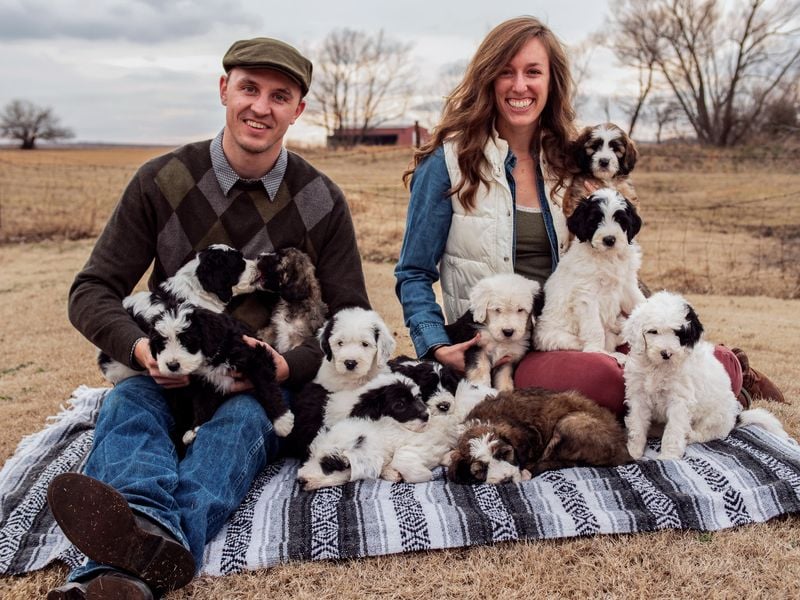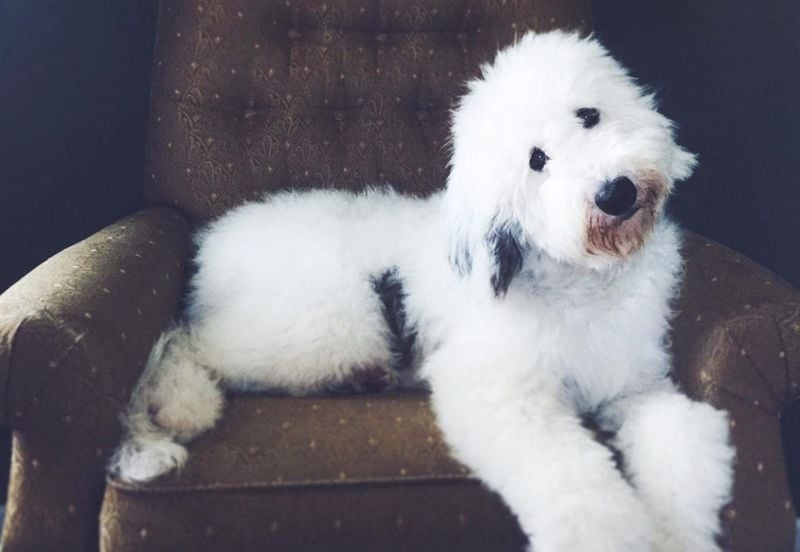Ultimate Sheepadoodle Breed Guide: Size, Care, Temperament & More
Sheepadoodles have captured the hearts of dog lovers everywhere with their teddy bear looks and loving personalities. These irresistibly fluffy crossbreeds are the result of pairing two iconic breeds: the sharp-witted, hypoallergenic Poodle and the gentle, steadfast Old English Sheepdog. The outcome? A dog that’s equal parts brain and heart—playful, loyal, and often sporting an endearing mop of curls.
Originally bred as companion animals, Sheepadoodles have quickly become a favorite among families, singles, and even therapy dog programs thanks to their friendly nature and trainability. They thrive on attention, form strong bonds with their humans, and often act like oversized lap dogs—no matter their size. Whether you’re drawn to their low-shedding coats, their social demeanor, or just their photogenic good looks, there’s no denying the appeal.
But owning a Sheepadoodle isn’t all cuddles and tail wags. These dogs require consistent grooming, daily exercise, and plenty of mental stimulation to stay healthy and happy. Their intelligence means they’re easy to train—but also quick to become bored if under-stimulated.
Whether you’re considering adding a Sheepadoodle to your life or already share your home with one of these curly-coated charmers, this guide will walk you through everything you need to know—from breed characteristics and grooming tips to training advice and health care essentials.
1. General Overview
Fluffy, friendly, and family-oriented, Sheepadoodles blend the best traits of their parent breeds. These designer dogs typically live 12-15 years and form deep bonds with their families.
Adaptable to various living situations, they thrive with consistent interaction and moderate exercise. Their hypoallergenic coats make them suitable for many allergy sufferers.
While each Sheepadoodle has a unique personality, most are known for being gentle, playful, and surprisingly calm indoors despite their energetic nature. They excel as therapy dogs thanks to their intuitive understanding of human emotions.
2. Breed Origins: Old English Sheepdog x Poodle
Sheepadoodles emerged in the 1960s when the U.S. military experimented with crossing Standard Poodles and Old English Sheepdogs for working purposes. The goal? Creating intelligent service dogs with minimal shedding.
The Old English Sheepdog contributes herding instincts, protective nature, and their distinctive shaggy appearance. Meanwhile, Poodles add exceptional intelligence, trainability, and hypoallergenic coat qualities.
Though initially developed for utility, Sheepadoodles gained popularity as family pets in the early 2000s when designer breeds became fashionable. Their delightful temperament and adorable appearance quickly made them favorites among dog enthusiasts.
3. Why Sheepadoodles Are So Popular
Allergy-friendly coats top the list of Sheepadoodle attractions, making these fluffy companions accessible to families previously unable to have dogs. Their minimal shedding means less vacuuming and fewer sneeze attacks!
Social media has amplified their popularity—those expressive eyes and teddy bear looks are practically designed for Instagram fame. Celebrity owners like Jennifer Aniston have further boosted their visibility.
Beyond appearances, Sheepadoodles offer a winning personality package: smart enough to train easily, energetic enough for active families, yet calm enough to relax at home. Their adaptability to different lifestyles makes them the Swiss Army knife of dog breeds.
4. Physical Characteristics
Standard Sheepadoodles typically stand 18-27 inches tall and weigh between 60-80 pounds, though mini and toy varieties exist for smaller living spaces. Their coats showcase beautiful patterns—usually black and white, though brown, gray, or red markings appear in some lines.
Those expressive eyes peek out from shaggy fur, often dark brown and brimming with intelligence. Their bodies blend the robust frame of the Sheepdog with the athletic build of the Poodle.
Floppy ears frame a moderately long muzzle, while their tails carry happily when excited. First-generation Sheepadoodles display more variety in appearance, while later generations show more consistent traits depending on breeding selection.
5. Personality & Temperament
Boundless affection defines the Sheepadoodle—these dogs form intense bonds with their families and often appoint themselves as unofficial shadows. Don’t be surprised to find your furry friend following you from room to room!
Playfulness persists well into adulthood, with many owners reporting puppy-like enthusiasm even in mature dogs. Despite their energetic nature, they’re remarkably gentle with children and smaller pets when properly socialized.
Separation anxiety can develop if left alone too frequently, as these social butterflies crave companionship. Their intelligence means they notice routines and changes in household emotions, often responding with comforting nudges or playful distractions when family members seem upset.
6. Exercise & Activity
Bouncing with energy, Sheepadoodles thrive with 60-90 minutes of daily activity spread across multiple sessions. Their herding and retrieving instincts make fetch and frisbee natural favorites that satisfy both physical and mental stimulation needs.
Swimming often becomes a passion thanks to their Poodle heritage—many Sheepadoodles plunge into water with surprising enthusiasm! Hiking companions par excellence, they navigate trails with stamina and joy, especially in cooler weather when their thick coats won’t overheat.
Puzzle toys and training games provide crucial mental workouts on days when outdoor activities aren’t possible. Without adequate exercise, these clever canines may redirect their energy into less desirable behaviors like excessive barking or furniture redesign projects.
7. Daily Exercise Needs
Morning walks set a positive tone for Sheepadoodles, with 20-30 minutes of brisk movement helping prevent restlessness during the day. Younger dogs particularly benefit from this early energy release, making them more manageable while you’re busy.
Midday enrichment breaks—even short 10-minute training sessions or backyard play—prevent boredom. Evening activities should include longer interactive play, perhaps at a dog park where social skills get polished alongside physical exercise.
Weather considerations matter significantly—their thick coats mean summer activities should happen during cooler hours with plenty of water breaks. During winter, many Sheepadoodles become snow enthusiasts, romping joyfully through drifts and showing surprising cold tolerance.
8. Grooming & Maintenance
Curly, dense coats demand consistent attention—plan for brushing sessions 3-4 times weekly to prevent painful mats and tangles. Professional grooming every 6-8 weeks keeps their signature teddy bear look manageable while maintaining comfort.
Bath time should happen monthly unless your adventure-loving pup discovers something particularly smelly! Use dog-specific shampoos that won’t strip natural oils from their skin. Regular ear cleaning prevents infections, especially important for floppy-eared breeds like Sheepadoodles.
Dental care shouldn’t be overlooked—tooth brushing several times weekly and dental chews help maintain those pearly whites. Nail trimming completes the grooming routine, typically needed every 3-4 weeks to prevent painful splitting or walking issues.
9. Nutrition & Feeding
Quality kibble formulated for large, active breeds forms the foundation of a healthy Sheepadoodle diet. Puppies need food specifically designed for growth, while adults typically consume 3-4 cups daily, divided into two meals to prevent bloat.
Protein content matters—look for formulas with real meat listed first, providing the amino acids necessary for maintaining their muscular build and energetic lifestyle. Omega fatty acids support their luxurious coat and skin health.
Treats should constitute no more than 10% of daily calories to prevent weight gain. Fresh additions like blueberries, carrots, or lean protein can supplement commercial food, adding variety and nutrients.
Always monitor weight closely, as Sheepadoodles can gain pounds quickly if overfed relative to their activity level.
10. Health & Wellness
Hybrid vigor gives Sheepadoodles an edge, often avoiding some breed-specific issues, though they’re not immune to health concerns. Hip and elbow dysplasia remain possibilities, particularly in larger specimens, making joint supplements worth considering from young adulthood.
Ear infections can develop in those adorable floppy ears, especially after swimming or in humid weather. Regular cleaning and drying help prevent painful episodes that might require veterinary intervention.
Bloat poses a serious risk for deep-chested dogs—feeding smaller meals and preventing vigorous exercise immediately after eating reduces this danger. Sebaceous adenitis and Addison’s disease occasionally appear in Sheepadoodles, inherited from their Poodle ancestry, making regular veterinary checkups essential for early detection of any developing issues.
11. Training & Socialization
Remarkably intelligent, Sheepadoodles often grasp new commands within just a few repetitions. This mental quickness requires consistent training approaches—mixed signals confuse these analytical canines who genuinely want to understand what you’re asking.
Positive reinforcement yields spectacular results, as these sensitive souls respond poorly to harsh corrections. Clicker training particularly suits their problem-solving nature, creating clear communication channels between dog and handler.
Early socialization prevents potential herding behaviors toward children or nervousness with strangers. Puppy classes offer structured exposure to different people, dogs, and environments while teaching basic manners.
Their people-pleasing tendencies make Sheepadoodles excellent candidates for advanced training, therapy work, or even competitive obedience.
12. Ideal Home Environment
Space requirements flex with your Sheepadoodle’s size—standards need room to stretch their legs, while minis adapt better to apartment living. Regardless of square footage, these social creatures thrive in homes where someone’s present most of the day.
Fenced yards provide safe exploration spaces, though determined Sheepadoodles can become impressive jumpers when motivated! Their weather tolerance varies with coat length—those kept in shorter clips need protection from extreme temperatures.
Multi-pet households generally welcome these adaptable dogs, who typically coexist peacefully with cats and other dogs when introduced properly.
Families with children find perfect companions in Sheepadoodles, whose patience and playfulness match wonderfully with kids of all ages, creating bonds that often become the stuff of family legends.
13. Pros & Cons of Owning a Sheepadoodle
Advantages abound with these delightful dogs—minimal shedding tops many owners’ lists, along with their friendly, adaptable personalities. Their intelligence makes training a joy rather than a chore, while their moderate exercise needs fit active but not athletic families.
On the challenging side, grooming commitments require significant time or professional expenses. Separation anxiety can develop without proper training, and their size (especially standards) means accidental bumping of furniture or small children.
Finding reputable breeders presents another hurdle, as popularity has unfortunately attracted irresponsible breeding practices. Cost considerations extend beyond the substantial initial purchase price—quality food, regular grooming, and preventative veterinary care add up for these large, long-lived companions.
14. Is the Sheepadoodle the Right Dog for You?
Active lifestyles match perfectly with Sheepadoodles’ energy levels—couch potatoes should look elsewhere! These dogs flourish with families who enjoy outdoor adventures but also appreciate quiet evenings at home.
Allergy sufferers often find relief with these low-shedding companions, though no dog is truly 100% hypoallergenic. Budget considerations matter significantly—between purchase price, grooming, quality nutrition, and healthcare, Sheepadoodles represent a substantial financial commitment.
Time availability ranks equally important—these dogs form deep attachments and suffer when left alone for extended periods. First-time dog owners often succeed with Sheepadoodles thanks to their trainability and forgiving nature, though the size of standard varieties can occasionally overwhelm those without previous large dog experience.
15. Questions to Ask a Breeder or Rescue
Health testing information tops the critical question list—reputable breeders screen parent dogs for hip dysplasia, eye conditions, and other heritable issues. Request documentation rather than verbal assurances.
Socialization protocols reveal much about early development—puppies should experience household sounds, different floor textures, and gentle handling before going home. Ask about temperament differences among littermates, as good breeders observe individual personalities to make appropriate matches.
With rescues, inquire about behavioral assessments, known history, and any resource guarding or separation anxiety issues. Regardless of source, ask about support after adoption—quality breeders and rescues remain resources throughout your dog’s life, offering guidance when challenges arise and celebrating successes alongside you.
16. Sheepadoodle Size Varieties
Standard Sheepadoodles stand tallest, typically 18-27 inches at the shoulder and weighing 60-80 pounds—substantial dogs requiring appropriate space. These full-sized varieties often display the calmest adult temperaments despite their impressive dimensions.
Mini Sheepadoodles result from crossing Mini Poodles with smaller Old English Sheepdogs, creating 30-45 pound companions standing 15-20 inches tall. This goldilocks size offers manageable proportions while maintaining robustness for active families.
Toy varieties weigh under 25 pounds, achieved through multiple generations of selective breeding.
While adorably portable, these smallest Sheepadoodles sometimes exhibit higher energy levels than their larger cousins, requiring significant exercise despite diminutive stature. Size predictability increases in later generations, with F1b and F2 puppies showing more consistent adult dimensions.

